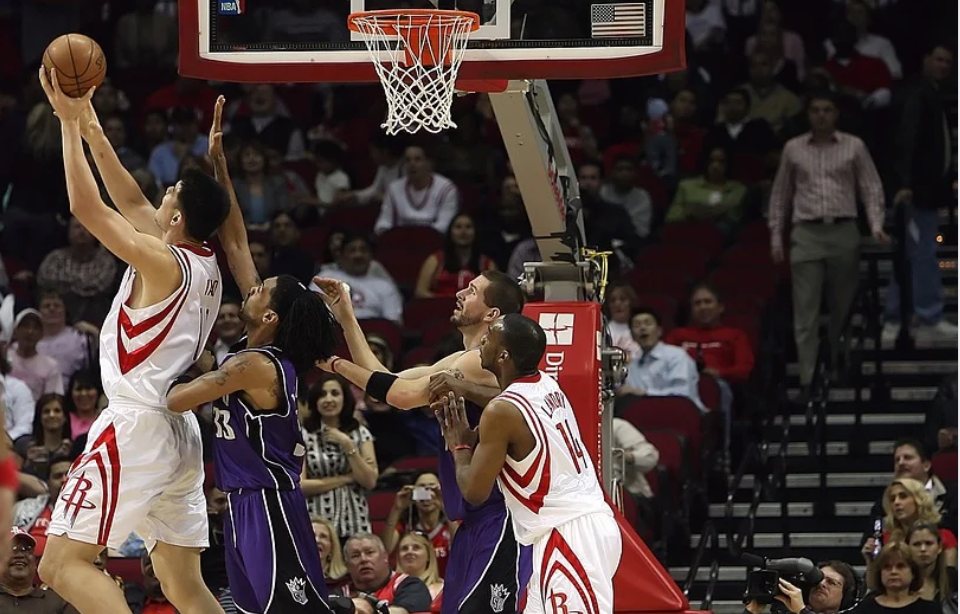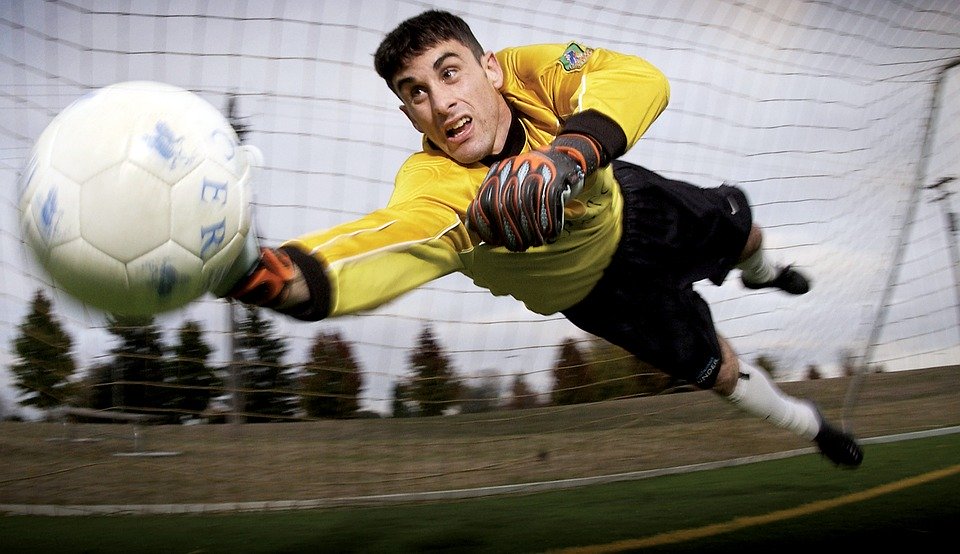The world of poker has changed dramatically with the rise of online platforms. While traditional poker relies heavily on reading facial expressions, body language, and physical cues, digital poker requires players to adapt their strategies to the virtual table. The art of spotting poker tells is still very much alive—but in the digital age, it’s more about behavioral patterns, timing, and bet sizing. If you’re looking to sharpen your online game, understanding how to read these virtual tells can give you a significant edge.
The Shift From Physical to Digital Tells

In live poker, subtle movements like a shaky hand, nervous glance, or sudden change in posture might indicate a strong or weak hand. Online, these clues are absent, forcing players to look elsewhere. Instead of visual cues, players must observe patterns in gameplay. How long does an opponent take to make a decision? Do they always raise a certain amount with premium hands? Online tells are rooted in logic and consistency, not facial expressions.
Timing Tracker
One of the most important online tells is timing. Quick bets or calls can indicate confidence or autopilot behavior, while long pauses followed by large bets might suggest uncertainty or bluffing. Players often behave differently depending on the strength of their hand, and timing can give that away. Paying close attention to how long your opponents take in various situations can help you identify patterns over time.
Bet Sizing and Betting Patterns

Another critical digital tell is how your opponent sizes their bets. Some players bet larger when they’re bluffing to scare opponents away, while others only make big moves when they have strong hands. Tracking bet sizes relative to the pot and previous rounds can reveal whether a player is consistent or manipulative. Tools and hand histories on online platforms make this even easier to analyze.
Chat Behavior and Multi-Tabling
Though less common, chat boxes in online poker rooms can offer clues. Overly chatty players might be trying to distract or appear casual, while silent ones might be focused or nervous. In addition, frequent delays might suggest a player is multi-tabling—playing multiple games at once—which could affect their level of attention and decision-making accuracy.
HUDs and Tracking Tools
Heads-up displays (HUDs) and other tracking software can take online tells to a whole new level. These tools compile stats on your opponents’ behaviors, including how often they fold, raise, or go to showdown. While not exactly tells in the traditional sense, this data helps form a psychological profile of each player, which can be just as powerful in decision-making.
Reading opponents in the digital age is less about intuition and more about observation and pattern recognition. While the classic poker face may be gone from view, online poker still offers plenty of tells for those who know where to look. By paying attention to timing, bet sizing, and using available tools, you can refine your skills and gain a tactical advantage at the virtual table. In an age where everything’s digital, reading between the lines is what separates good players from great ones.…






 When it comes to sports betting, football – or soccer for our American friends – reigns supreme as one of the most popular and lucrative options out there. With matches happening worldwide daily, there’s never a shortage of games to bet on. The beauty of football lies in its unpredictability; anything can happen on the pitch, making it an adrenaline-fueled experience for both players and punters alike. Every match is a rollercoaster ride of emotions, from last-minute goals to unexpected upsets. Whether you’re a fan of the English Premier League, La Liga, Serie A, or any other league across the globe, there’s always an opportunity to place your bets and potentially walk away with some serious winnings. So, lace up your boots and get ready to kick off your betting journey with the exciting world of football.
When it comes to sports betting, football – or soccer for our American friends – reigns supreme as one of the most popular and lucrative options out there. With matches happening worldwide daily, there’s never a shortage of games to bet on. The beauty of football lies in its unpredictability; anything can happen on the pitch, making it an adrenaline-fueled experience for both players and punters alike. Every match is a rollercoaster ride of emotions, from last-minute goals to unexpected upsets. Whether you’re a fan of the English Premier League, La Liga, Serie A, or any other league across the globe, there’s always an opportunity to place your bets and potentially walk away with some serious winnings. So, lace up your boots and get ready to kick off your betting journey with the exciting world of football. When it comes to the world of sports
When it comes to the world of sports  Are you ready to get your heart racing with the thrilling world of horse racing? This sport has captivated audiences for centuries, combining speed, strategy, and pure adrenaline in every race. Picture yourself at the track, surrounded by the thundering hooves of majestic horses as they compete for glory. The excitement is palpable as you watch these magnificent animals gallop towards the finish line. Horse racing isn’t just about luck; it’s a game of skill and knowledge. From studying the form guide to analyzing jockey performance, there’s a whole world of information to delve into before placing your bets. Horse racing presents a unique blend of tradition and unpredictability, making it a thrilling choice for those seeking adrenaline-fueled wagers.
Are you ready to get your heart racing with the thrilling world of horse racing? This sport has captivated audiences for centuries, combining speed, strategy, and pure adrenaline in every race. Picture yourself at the track, surrounded by the thundering hooves of majestic horses as they compete for glory. The excitement is palpable as you watch these magnificent animals gallop towards the finish line. Horse racing isn’t just about luck; it’s a game of skill and knowledge. From studying the form guide to analyzing jockey performance, there’s a whole world of information to delve into before placing your bets. Horse racing presents a unique blend of tradition and unpredictability, making it a thrilling choice for those seeking adrenaline-fueled wagers.

 Lastly, it’s important to remember that folding can be an excellent strategy for live dealer games. If you’re not confident in your hand or the odds are stacked against you, don’t be afraid to lay down your cards and save your money. This is especially true if the pot is already high and there is no guarantee of a return on investment. By playing smart, you can maximize your winnings in the long run.
Lastly, it’s important to remember that folding can be an excellent strategy for live dealer games. If you’re not confident in your hand or the odds are stacked against you, don’t be afraid to lay down your cards and save your money. This is especially true if the pot is already high and there is no guarantee of a return on investment. By playing smart, you can maximize your winnings in the long run.


 The first factor you should consider before selecting any casino in your area is the rules. It is essential to point out that casinos tend to have rules that vary. Some of the critical rules you should consider include drinking alcohol on casino premises and age restrictions.
The first factor you should consider before selecting any casino in your area is the rules. It is essential to point out that casinos tend to have rules that vary. Some of the critical rules you should consider include drinking alcohol on casino premises and age restrictions. It would be best if you also made an effort to consider the games offered by a casino. Numerous games are in most casinos these days. Some of the common gambling games include baccarat, blackjack, poker, and roulette. Games are crucial in keeping you entertained while you’re in a casino.
It would be best if you also made an effort to consider the games offered by a casino. Numerous games are in most casinos these days. Some of the common gambling games include baccarat, blackjack, poker, and roulette. Games are crucial in keeping you entertained while you’re in a casino.
 Just as the website is the show window of a company, it also does to a sbobet agent. You can easily know the kind of sbobet agent through his website if you are observant. Check on all the information that you want to know. Are they there? If you notice that some details are skipped, you are not in a website of a reputable sbobet agent.
Just as the website is the show window of a company, it also does to a sbobet agent. You can easily know the kind of sbobet agent through his website if you are observant. Check on all the information that you want to know. Are they there? If you notice that some details are skipped, you are not in a website of a reputable sbobet agent. It should cause raised eyebrows if you come up with a sbobet site with only a handful of members. If the
It should cause raised eyebrows if you come up with a sbobet site with only a handful of members. If the 
 Betting online is easier and convenient than the old-school way because you can place your wagers from anywhere so long as you have internet and an internet-enabled device. Unfortunately, while most of the betting sites are trustworthy and reliable, there are some fraudulent sites.
Betting online is easier and convenient than the old-school way because you can place your wagers from anywhere so long as you have internet and an internet-enabled device. Unfortunately, while most of the betting sites are trustworthy and reliable, there are some fraudulent sites. Poor bankroll management is the most committed mistake and, unfortunately, one with the most damaging effect than all the others. However, it is also the easiest to steer away from. The most vital thing is to have an allocated amount for betting and ensure you distribute it per day, week and month. Also, have a staking plan and adhere to it consistently.
Poor bankroll management is the most committed mistake and, unfortunately, one with the most damaging effect than all the others. However, it is also the easiest to steer away from. The most vital thing is to have an allocated amount for betting and ensure you distribute it per day, week and month. Also, have a staking plan and adhere to it consistently.
 One of the main reasons why people watch sports is for entertainment purposes. If you love sports, you should highly consider making a sports bet. It is credited with adding entertainment value when it comes to sports. The game you watch will be more interesting when you have money on the line.
One of the main reasons why people watch sports is for entertainment purposes. If you love sports, you should highly consider making a sports bet. It is credited with adding entertainment value when it comes to sports. The game you watch will be more interesting when you have money on the line. Contrary to what some may think, sports betting is
Contrary to what some may think, sports betting is 

 It is up to you if you are more comfortable in playing decimal odds or fractional odds. We cannot tell, but there is a tendency towards decimal probabilities. Historically, fractional probabilities have been used in the UK, particularly on circuits and the main road. There are two crucial differences. Decimal probabilities are usually easier to understand. As a result, there is a tendency to bring more bettors to other groups by making the game more accessible to ordinary sports gamblers. Today they are all in decimals.
It is up to you if you are more comfortable in playing decimal odds or fractional odds. We cannot tell, but there is a tendency towards decimal probabilities. Historically, fractional probabilities have been used in the UK, particularly on circuits and the main road. There are two crucial differences. Decimal probabilities are usually easier to understand. As a result, there is a tendency to bring more bettors to other groups by making the game more accessible to ordinary sports gamblers. Today they are all in decimals.



 One of the irresistible advantages of online gambling is the generous bonuses and rewards offered by many online casinos, which are rarely found in brick and mortar casinos. Many of them provide an opportunity to take advantage of a variety of opportunities to explore specific websites, learn about the particular games you are interested in, and practice winning strategies by betting your hard-earned money. When you think about playing an online casino, you might want to know if there are any differences between online casinos and land-based casinos, as well as the pros and cons of each casino.
One of the irresistible advantages of online gambling is the generous bonuses and rewards offered by many online casinos, which are rarely found in brick and mortar casinos. Many of them provide an opportunity to take advantage of a variety of opportunities to explore specific websites, learn about the particular games you are interested in, and practice winning strategies by betting your hard-earned money. When you think about playing an online casino, you might want to know if there are any differences between online casinos and land-based casinos, as well as the pros and cons of each casino. Many options allow you to earn more money and enjoy an exciting gambling experience. Online casinos also have the advantage of being cheaper to run as they can offer a much wider variety of betting options. Another great benefit of the online casino is that it means players can play on a budget with a wide range of different players.
Many options allow you to earn more money and enjoy an exciting gambling experience. Online casinos also have the advantage of being cheaper to run as they can offer a much wider variety of betting options. Another great benefit of the online casino is that it means players can play on a budget with a wide range of different players.


 The most important thing figure out when picking a digital gambling website is whether or not the site is safe to use. Remember that the only way for you to play is to provide your personal information, including your banking details. Therefore, you would not want to be utilizing a site that could not guarantee the safety of your pertinent data.
The most important thing figure out when picking a digital gambling website is whether or not the site is safe to use. Remember that the only way for you to play is to provide your personal information, including your banking details. Therefore, you would not want to be utilizing a site that could not guarantee the safety of your pertinent data.
 As a beginner, there will be an occasion where you lose, and chances are you might even lose a lot of your chips due to impulse. The first tip that we can give to you is to make sure that you never lose yourself to your temper. We often make bad decisions when we’re angry or sad, and at times like this, it’s better to pull away rather than ending up with significant debt from playing in the casino. If you play
As a beginner, there will be an occasion where you lose, and chances are you might even lose a lot of your chips due to impulse. The first tip that we can give to you is to make sure that you never lose yourself to your temper. We often make bad decisions when we’re angry or sad, and at times like this, it’s better to pull away rather than ending up with significant debt from playing in the casino. If you play  If you look closely, you’ll realize that there’s no clock on the most casino. It’s normal since they’re doing it on purpose. With no clock on the casino, they’re trying to lead you to play another and another, and in the end, you’re going to lose track of time and at the same time your money. If you don’t want to pull out your phone every now and then, consider wearing a watch.
If you look closely, you’ll realize that there’s no clock on the most casino. It’s normal since they’re doing it on purpose. With no clock on the casino, they’re trying to lead you to play another and another, and in the end, you’re going to lose track of time and at the same time your money. If you don’t want to pull out your phone every now and then, consider wearing a watch. If you’re serious about gambling, you can invest some of your paychecks to gambling. How much you ask? You can start by investing at 1 to 5 percent of your paycheck for your chips. We know that you might be eager to gamble, but you have to remember that you still have bills to pay, not to mention that you have to eat.…
If you’re serious about gambling, you can invest some of your paychecks to gambling. How much you ask? You can start by investing at 1 to 5 percent of your paycheck for your chips. We know that you might be eager to gamble, but you have to remember that you still have bills to pay, not to mention that you have to eat.…
 The first reason to play an online casino is the 24/7 assistance that they can offer you. There are times where the system may get bugged, or you’re not getting the right top-up amount you should be getting. At times like this, you can always chat with the administrator or perhaps sending a ticket, which they will always respond as soon as possible. There are times when your coin or chips get jammed in a machine in a regular casino, and it’s not a guarantee that the employee will help you or refund the chips that you lost.
The first reason to play an online casino is the 24/7 assistance that they can offer you. There are times where the system may get bugged, or you’re not getting the right top-up amount you should be getting. At times like this, you can always chat with the administrator or perhaps sending a ticket, which they will always respond as soon as possible. There are times when your coin or chips get jammed in a machine in a regular casino, and it’s not a guarantee that the employee will help you or refund the chips that you lost. There are situations where you feel like you’re thirsty and you go to the bar to get a drink. Drinks are expensive though, and you’re already burning a lot by playing in the casino. It’s a whole different story when you play an online casino as you can always go to your kitchen to get a drink or a light snack whenever you’re hungry.…
There are situations where you feel like you’re thirsty and you go to the bar to get a drink. Drinks are expensive though, and you’re already burning a lot by playing in the casino. It’s a whole different story when you play an online casino as you can always go to your kitchen to get a drink or a light snack whenever you’re hungry.…